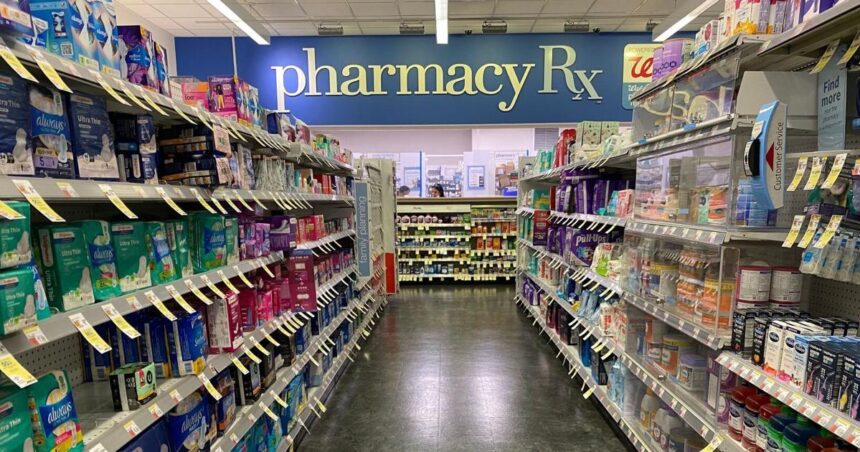Walgreens announced on Thursday its intention to close a “significant” number of its approximately 8,600 stores in the United States. About 25% of Walgreens’ stores are not profitable, and the chain plans to close stores that are either close together or struggling with theft issues, according to CEO Tim Wentworth in an interview with the Wall Street Journal.
Problems faced by Walgreens, including shoplifting and other challenges, are contributing to the closures. The chain has been grappling with competition, failed growth strategies, and the impact of shoplifting on its business. Last year, Walgreens admitted to having “cried too much” over the business impact of shoplifting, as reported by CNN.
People are also reading…
The recent closures are part of a broader downturn not only for Walgreens but also for other drug store chains after years of expansion. In 2019, Walgreens announced plans to close 200 stores, with an additional 150 store closures announced last year.
“We are at a point where the current pharmacy model is not sustainable,” Wentworth stated.
CVS, the largest US chain, closed 244 stores between 2018 and 2020, with plans to close 900 stores in 2021. Additionally, Rite Aid filed for bankruptcy last year and will close up to 500 stores.
Walgreens, CVS and Rite Aid are closing thousands of drug stores across America. Pictured is a Walgreens store in Queens, New York.
Shifting trends
Analysts attribute the struggles of drug store chains to falling reimbursement rates for prescription drugs. The majority of drugstores’ revenue comes from prescription fills, but profits have declined due to lower reimbursement rates and increased fees in recent years.
Reimbursement rates are largely influenced by pharmacy benefit managers (PBMs), who negotiate rebates from drug manufacturers to insurers. PBMs have been lowering reimbursement rates to boost their own profits, leading to challenges for pharmacies, according to analyst Elizabeth Anderson from Evercore IRI.
The pharmacy industry has raised concerns about the control PBMs have over pricing, with arguments from both sides about the impact on drug prices. This has resulted in challenges for pharmacies in maintaining profitability.
“If reimbursement rates continue to decline and pharmacies are unable to offset it with other revenue sources, it will negatively impact their profitability,” Anderson explained.






